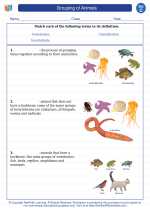Circuit: An Explanation
A circuit is a closed loop through which an electric current can flow. It is made up of various components such as wires, batteries, switches, and loads. When a circuit is complete, it allows the flow of electric current, which can power devices and perform various functions.
Types of Circuits
There are two main types of circuits: series circuits and parallel circuits.
- Series Circuit: In a series circuit, the components are connected in a single loop, one after the other. If one component fails, the entire circuit is broken, and the current stops flowing.
- Parallel Circuit: In a parallel circuit, the components are connected across multiple paths. If one component fails, the rest of the circuit can still function, as the current can flow through alternate paths.
Components of a Circuit
Key components of a circuit include:
- Battery: The power source that provides the electrical energy to the circuit.
- Wires: Conductive pathways that allow the flow of electric current between the components.
- Switch: A device used to open or close the circuit, controlling the flow of current.
- Load: The device or component in the circuit that uses the electrical energy, such as a light bulb or a motor.
Study Guide for Circuits
Here are some key points to remember when studying circuits:
- Understand the difference between series and parallel circuits and their respective characteristics.
- Identify the various components of a circuit and their functions.
- Learn how to draw circuit diagrams to represent different types of circuits.
- Understand the concept of open and closed circuits, and how switches control the flow of current.
- Explore real-life applications of circuits, such as in household wiring, electronic devices, and transportation systems.
Remember to practice solving problems related to circuit analysis and understanding how changes in components affect the overall behavior of the circuit.
With a solid understanding of circuits, you'll be able to comprehend the fundamental principles of electricity and how it powers various devices and systems.
[Circuit] Related Worksheets and Study Guides:
.◂Science Worksheets and Study Guides Third Grade. Grouping of Animals
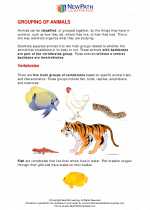
 Activity Lesson
Activity Lesson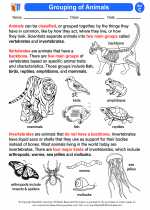
 Worksheet/Answer key
Worksheet/Answer key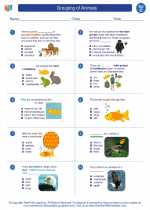
 Worksheet/Answer key
Worksheet/Answer key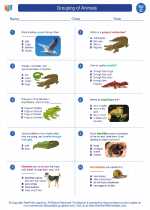
 Worksheet/Answer key
Worksheet/Answer key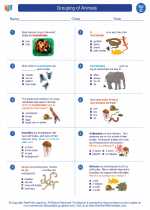
 Worksheet/Answer key
Worksheet/Answer key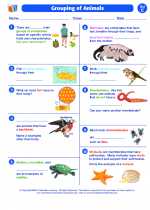
 Vocabulary/Answer key
Vocabulary/Answer key